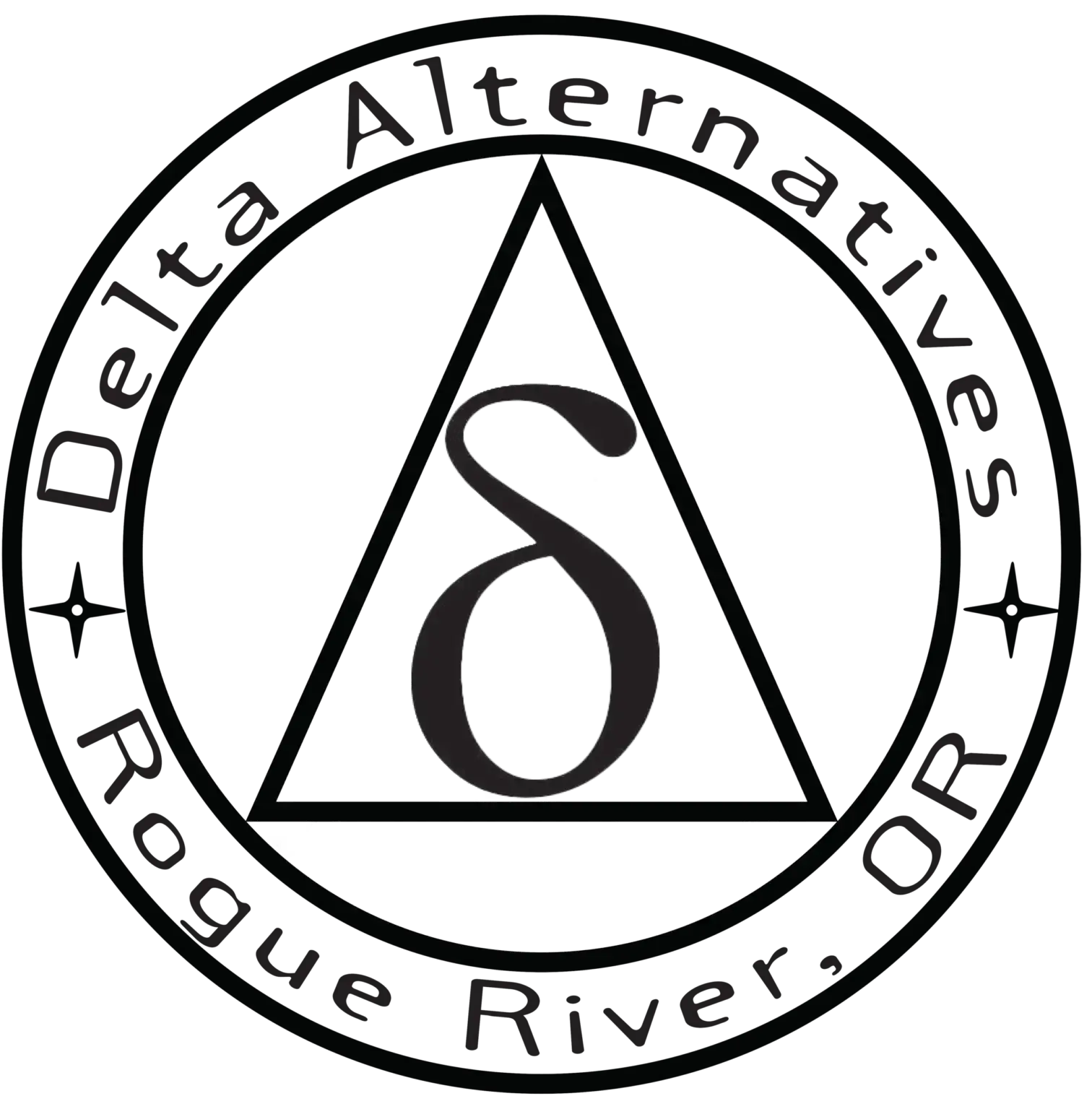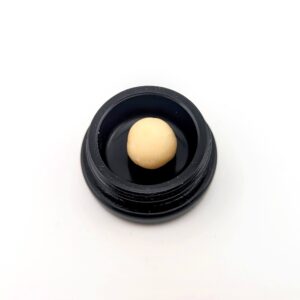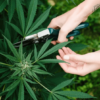We deliver to you every day from 8:00 to 20:00
The best discounts this week
Every week you can find the best discounts here.
Grape Pie – THCa Rosin [1g]
Infused Cooking Olive Oil HHC Tincture [1500mg]
Peppermint Olive Oil HHC Tincture [1500mg]
Strawberry MCT HHC Tincture [1500mg]
Strawberry MCT HHC Tincture [1500mg]
Infused Cooking MCT Oil Delta-8 Tincture [1500mg]
Infused Cooking Olive Oil Delta-8 Tincture [1500mg]
Infused Pre Roll (Moon Doob) 24 pack
As we all know, when we consume marijuana or its cannabinoids, we can experience strong effects produced by them, but how do we feel these effects? and how does our body know how to react when consuming cannabinoids? The answer to these questions is easy, the endocannabinoid system is responsible for how our bodies react after consuming marijuana or its cannabinoids.
After reading our blog, you can find out how the endocannabinoid system works, what role it plays in our bodies, what it consists of, how to maintain a healthy endocannabinoid system and what happens if you don’t keep it healthy. Let’s dive right into it!
What Is The Endocannabinoid System?
The endocannabinoid system is one of the main reasons how we can experience the effects produced by consuming marijuana, or products of its cannabinoids. This system is a network in which biological cells signal each other, and it is responsible for helping regulate the functions of our mind and body. The functions of the mind and body include sleep, appetite, memory, and mood.
The discovery of THC and CBD in the early 1960s led to the discovery of the endocannabinoid system in 1988, by two researchers from Saint Louis University School Of Medicine, named William Devane and Allyn Howlett.
-
Endocannabinoids
Endogenous cannabinoids also known as endocannabinoids are lipid-based neurotransmitters that are produced by your body and help with various functions in the body by sending or sharing signals between the nerve cells in your body. There are two main types of endocannabinoids that exist in our bodies, known as:
-
Anandamide (AEA)
Anandamide also nicknamed the “Bliss Molecule”, is a neurotransmitter that interacts and binds with the cannabinoid receptors of the brain and body, to create feelings of happiness, peace, and bliss. This is also where the nickname of the endocannabinoid comes from.
-
2-Arachidonoylglyerol (2-AG)
This endocannabinoid on the other hand is a neurotransmitter that activates the CB1 receptors. Due to this, the pathophysiological functions in the body are produced. These pathophysiological functions include emotion, pain sensation, cognition, and neuroinflammation.
-
Endocannabinoid Receptors
The endocannabinoid receptors are the ones that make the magic happen. They’re found everywhere in the body and are involved in various body functions. This is because the endocannabinoids interact and bind with these receptors, which allows the endocannabinoid system to create a response based on a signal that it receives. There are two main endocannabinoid receptors:
-
CB1 Receptors
The CB1 receptors of the endocannabinoid system are responsible for the psychoactive responses and reactions in the body and they’re also found in the central nervous system of the brain and spinal cord. These receptors are usually triggered when psychoactive cannabinoids interact and bind with them. These psychoactive cannabinoids include THC/Delta 9, Delta 8, THC-O, etc. The reason these cannabinoids bind with them is that these receptors can mediate the psychoactive effects of the cannabinoids.
-
CB2 Receptors
The CB2 receptors are known and responsible for the immunosuppressive and anti-inflammatory effects and actions in the body. These receptors are also usually located in the peripheral nervous system and immune cells of the body.
-
Enzymes
The endocannabinoids that have completed their role or functions are broken down by the enzymes present in the body. The two main enzymes responsible for this include:
-
Fatty Acid Amide Hydrolase
This enzyme is in charge of breaking down the Anandamide (AEA) endocannabinoid.
-
Monoacylglycerol Acid Lipase
This enzyme is in charge of breaking down the 2-Arachidonoylglyerol (2-AG) endocannabinoid.
How Do Cannabinoids Interact With The Endocannabinoid System?
There is a large range of psychoactive and non-psychoactive cannabinoids that interact and bind with the endocannabinoid system. They include:
-
THC/Delta 9
When you consume any product containing THC/Delta 9, the cannabinoid binds with the CB1 receptors of the endocannabinoid system, which triggers the psychoactive and intoxicating effects of the cannabinoid. The side effects that you can experience after consuming THC/Delta 9 or marijuana include dry and red eyes, dry mouth, foggy vision, disorientation, dizziness, anxiety, and nausea.
-
CBD
CBD is a cannabinoid found in hemp, which doesn’t create psychoactive or intoxicating effects. When you consume its products, it doesn’t bind with the CB1 receptors of the endocannabinoid system. However, it does interact with the way other psychoactive cannabinoids like THC interact and bind with those receptors.
-
Delta 8
The Delta 8 cannabinoid is a twin of the Delta 9/THC cannabinoid, but less potent. This is because of the way it interacts with the endocannabinoid system due to the double bond in its molecular structure. Although it binds with the CB1 receptors the same way as Delta 9, the psychoactive effects produced are mild. The side effects that you may experience after consuming this cannabinoid include dry and red eyes, dry mouth, and an increase in appetite.
How Can You Maintain A Healthy Endocannabinoid System?
Here are some ways that you can maintain a healthy endocannabinoid system. They include:
-
Increase Intake Of Omega-3 Fatty Acids
These fatty acids are necessary for the development of CB1 receptors of the endocannabinoid system, located in the central nervous system. Omega-3 fatty acids are usually found in hemp plants and are present in hemp seeds as well.
-
Exercise Regularly
It’s important to exercise as regularly as you can because it not only helps increase blood circulation but also helps our endocannabinoid system. Exercising has a big relation with endocannabinoids, and it can increase the production of anandamide (AEA). This is the endocannabinoid that creates feelings of happiness, peace, and mental wellness.
-
Find Ways To Destress
We all know how difficult it is when you feel stressed out. However, it’s important that you try to find ways to manage that stress and relieve it. This is because the build-up of stress can not only affect your mental health but can also affect the CB1 receptors and cause disrupt their functions.
Frequently Asked Questions
- What Happens If You Don’t Take Care Of Your Endocannabinoid System?
If you don’t take care and maintain a healthy endocannabinoid system, then you could develop some health conditions or issues such as an endocannabinoid deficiency.
- What Type Of Foods Can Keep Your Endocannabinoid System Healthy?
There are foods that are suitable for keeping your endocannabinoid system healthy, including:
- Eggs
- Walnuts
- Chia seeds
- Flax seeds
- Sardines and anchovies
- What Are The Symptoms Of Endocannabinoid Deficiency?
The most common symptoms of endocannabinoid deficiency include irregular digestion, negative changes in mood, and irregular sleeping patterns.
The Final Verdict – What Is The Endocannabinoid System?
The endocannabinoid system plays a major role in helping regulate our brain and body functions, with the help of its components such as endocannabinoids, endocannabinoid receptors, and enzymes. It’s important that you take good care of your body and maintain a healthy endocannabinoid system, otherwise, it could cause you health issues.
Stay in Touch
Sign up for our mailing list to be the first to know about new products, sales, and promotions
Stay in Touch
Sign up for our mailing list to be the first to know about new products, sales, and promotions
All products are Federal Farm Bill Compliant and contain less than 0.3% THC
FDA DISCLOSURE: The statements regarding these products have not been evaluated by the FDA. These products are not intended to diagnose, treat, cure or prevent any disease, consult your health physician before use. The Federal Food, Drug and Cosmetic Act requires placement of this notice.












You must be logged in to post a comment.